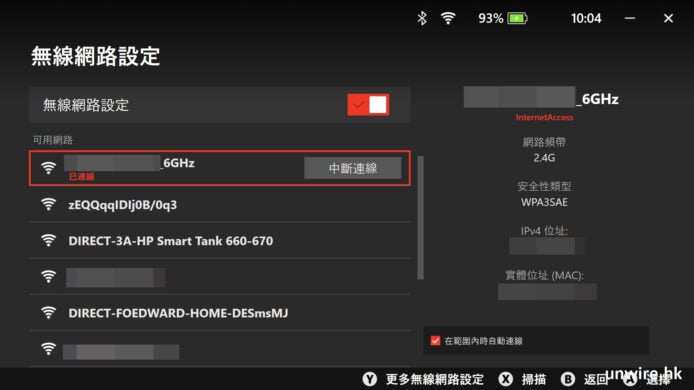Organizations In 40 Countries Under Invisible Cyberattacks
Unknown threat actors are stealing sensitive financial data using memory resident malware crafted from legitimate tools, Kaspersky Lab warns.
Cyberattacks have become increasingly stealthy in recent years, with goals like persistence and lateral movement becoming much more important to threat actors than ever before.
Now it appears that some attacks have gotten so stealthy they are almost invisible.
Kaspersky Lab this week issued an alert about a series of targeted attacks on organizations in 40 countries that are noteworthy for being nearly invisible to all the usual detection methods.
The attacks, mostly on banks, telecommunication companies, and government organizations, involve the use of file-less Meterpreter, a legitimate and widely used penetration-testing tool, along with windows PowerShell and other utilities used commonly by systems administrators.
Unlike most other cybercrime campaigns, this one does not involve any malicious files being dropped on the victim computer’s hard drive. Rather all of the tools have been combined and adapted into attack code that resides entirely in memory and disappears completely each time a compromised system reboots.
The approach appears designed to minimize the chances of an intrusion being detected by whitelisting and other mechanisms, and leaves forensics investigators with almost no artifacts to inspect after an attack. The attackers are still active and detecting these attacks is possible only in RAM, the network and registry, Kaspersky Lab said.
All that the attackers appear to want is to remain just long enough on a system to gather critical information, like systems admin passwords, before all traces of their presence on the system is wiped clean, Kaspersky Lab said in its alert. The ultimate goal seems to be for the attackers to gain access to financial processes at the targeted organizations.
So far, the attacks have impacted 140 enterprise networks, a majority of them located in the United States, France, the UK, Russia, Ecuador and Kenya.
There are a myriad reasons why a targeted organization would not spot someone using Metapreter to scan their network for vulnerabilities, says Kurt Baumgartner, principal security researcher at Kaspersky Lab.
“From an under-resourced security effort, to a mistaken configuration, a forgotten or unaccounted network resource connected to the Internet, or rushed delivery of technology, vulnerabilities often exist on a network,” Baumgartner says.
And Meterpreter itself, while commonly deployed by pen-testing teams, can be hard to detect without endpoint detection tools that support advanced in-memory detection capabilities.
“Also compounding the complication in detection efforts, offensive developers have built a variety of encryption communication technologies into various Meterpreter-based variants,”Baumgartner says. “So detecting the delivery of this payload across the wire can be more difficult as well.”
Kaspersky Lab says it discovered the ongoing attacks when a bank customer asked it to investigate the presence of Meterpreter inside the physical memory of a domain controller when it was not supposed to be there.
The use of legitimate Windows utilities, unknown domains and open source exploit code has made it all but impossible to identify those behind the attacks. But groups that have adopted similar tactics in the past include the Carbanak gang and another group called GCMAN that has been tied to various attacks on banks, according to Kaspersky Lab.
For the moment at least, the lack of forensic evidence also makes it hard to say if the attacks are targeted or opportunistic in nature, Baumgartner says.

Related Content: Legit Tools Helping Attackers Hide Malicious Activity, Study Finds PowerShell Increasingly Being Used To Hide Malicious Activity
Jai Vijayan is a seasoned technology reporter with over 20 years of experience in IT trade journalism. He was most recently a Senior Editor at Computerworld, where he covered information security and data privacy issues for the publication. Over the course of his 20-year ...View Full Bio


















